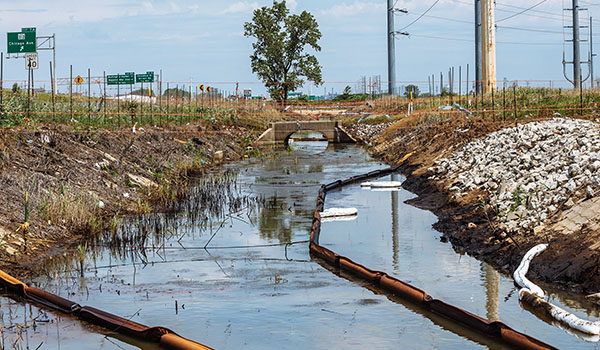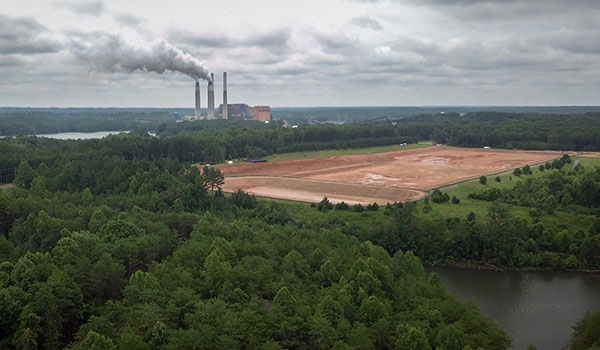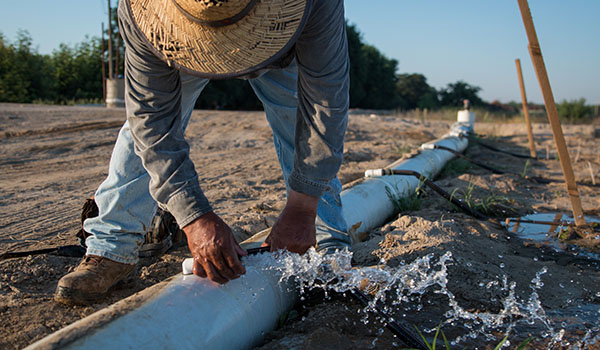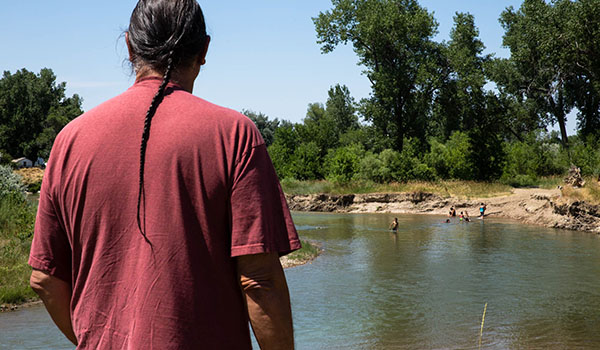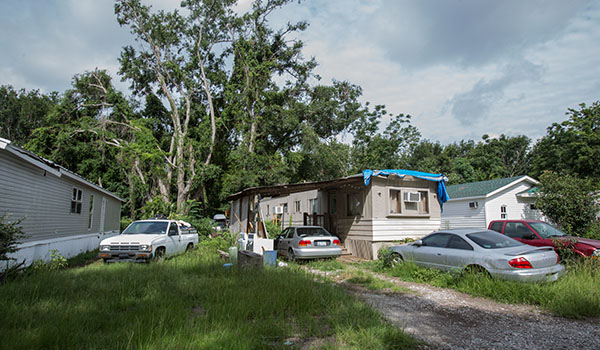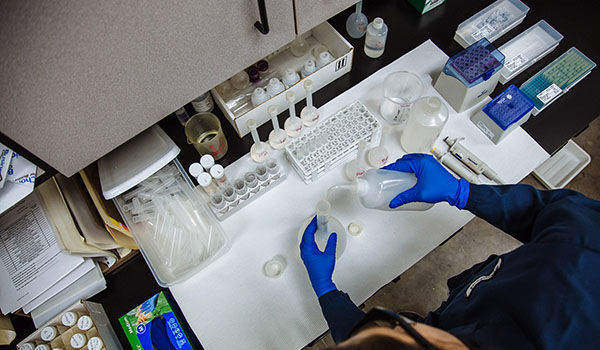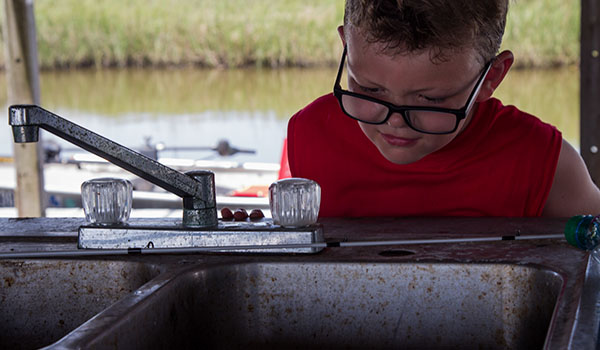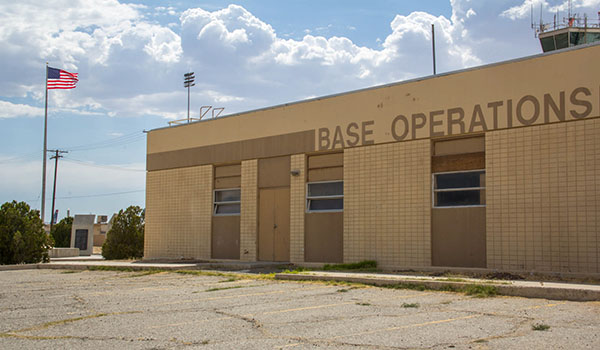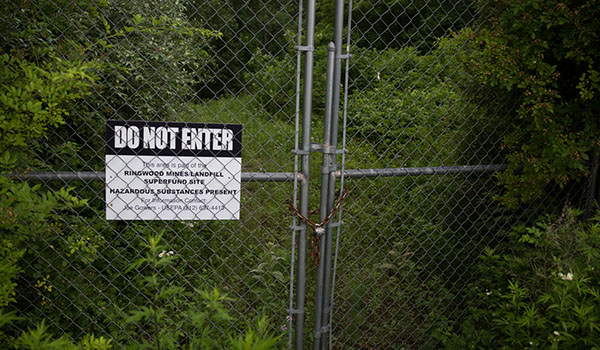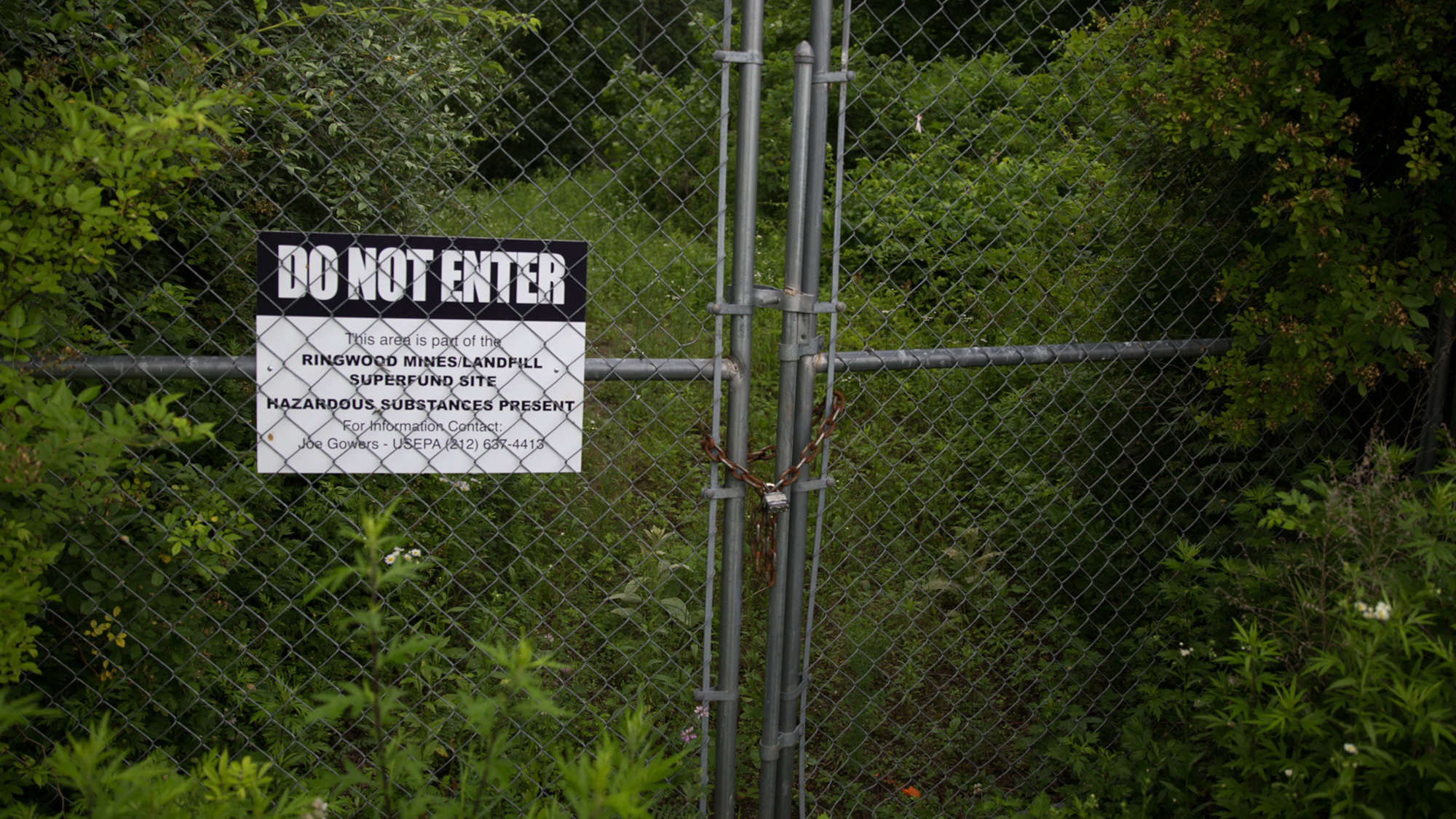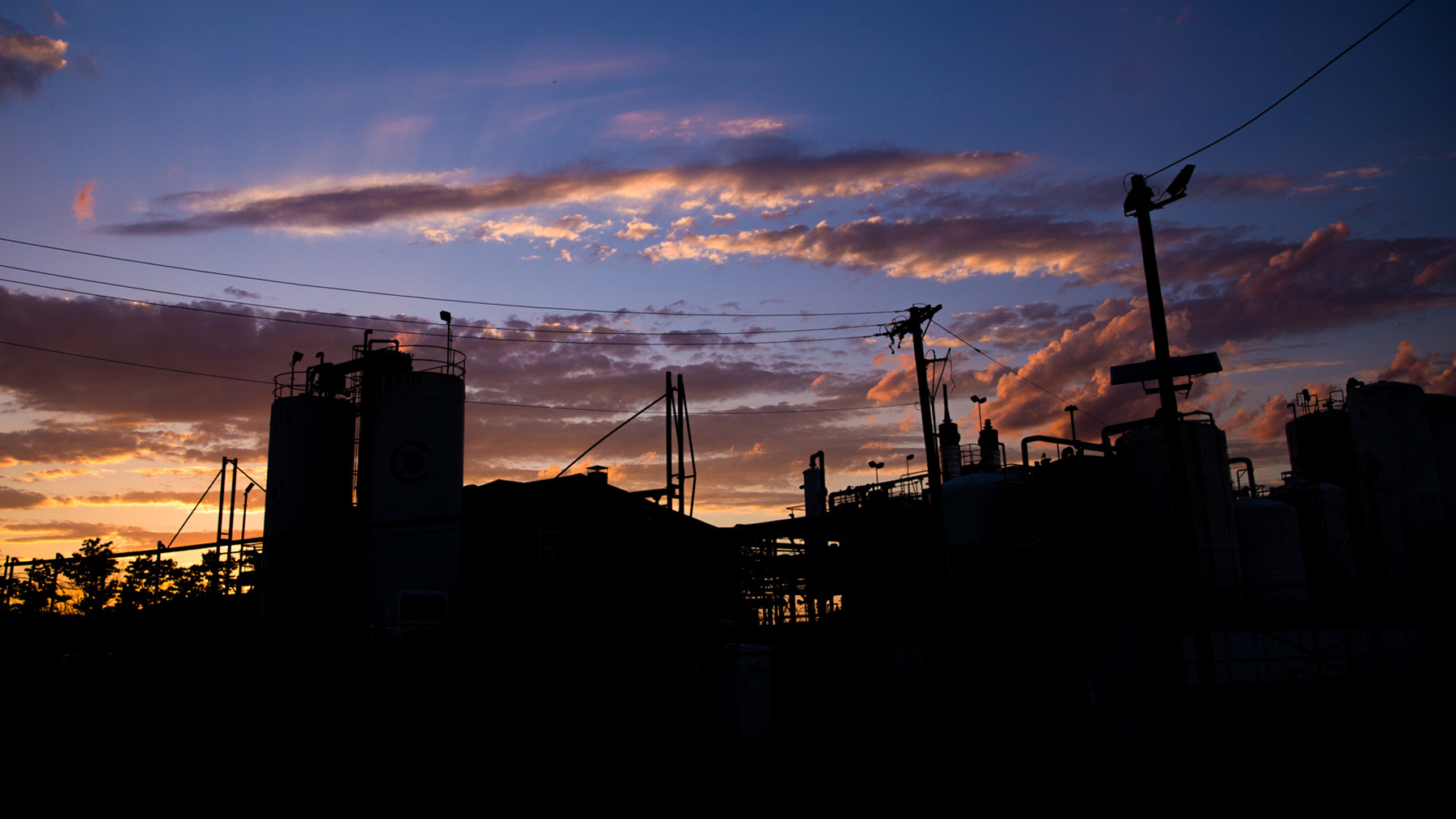Taxpayers pay billions for industrial contamination cleanup
PHOENIX – Over the last 20 years, American taxpayers have spent more than $21 billion in cleanup and oversight costs for properties polluted by dangerous wastes, known as Superfund sites, while hundreds of companies responsible for contaminating water paid little to nothing, a News21 analysis of congressional budget data shows.
The Superfund program, established in 1980, was meant to hold industries and businesses accountable – such as landfill operators, chemical companies and manufacturers – for polluting communities across the country. For years, petroleum, chemical and corporate taxes imposed by Congress funded the vast majority of the Superfund program, including expensive cleanups.
But since the Superfund taxes expired in 1995, the burden of paying the costs shifted dramatically. Today, most of the program’s funding comes through taxpayer dollars. When companies that polluted groundwater sources cannot be identified, no longer exist or can’t afford cleanup costs, the Environmental Protection Agency often assumes responsibility.
“It would be good to get the Superfund tax back because the industries were able to absorb that a whole lot more easily than the individual … or a taxpayer in a local community,” said Christine Whitman, a former New Jersey governor and EPA administrator.
